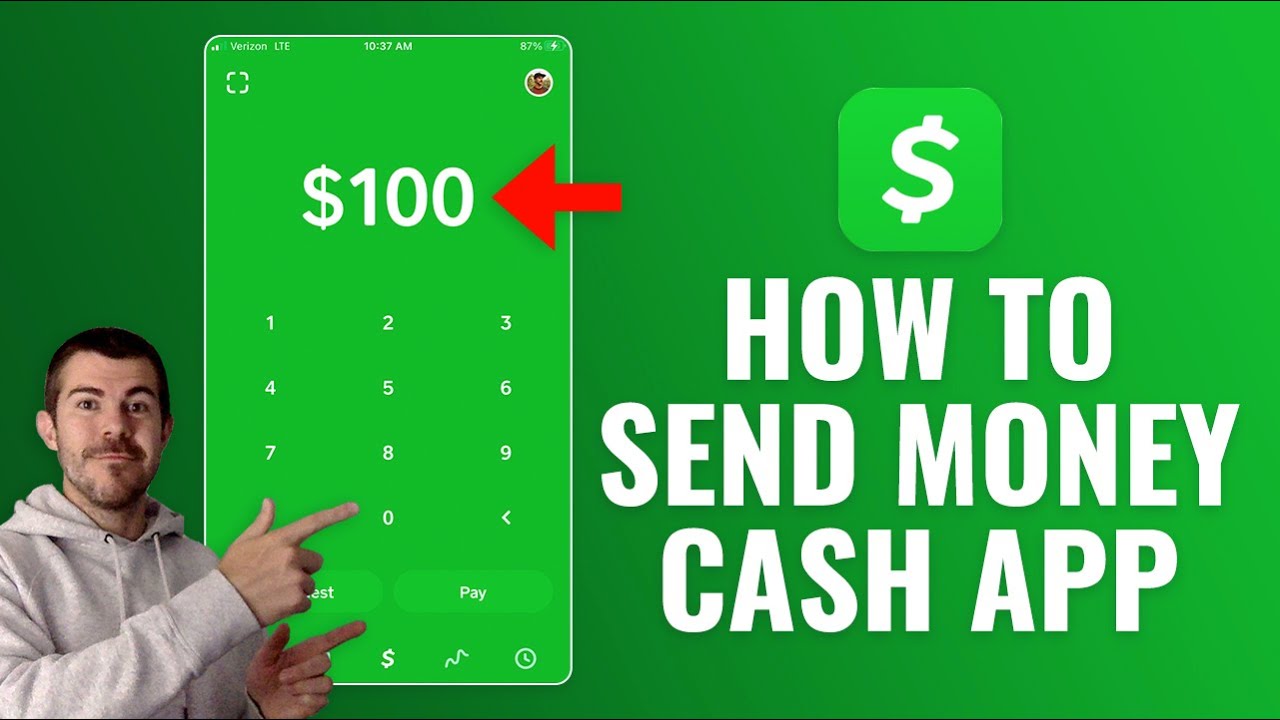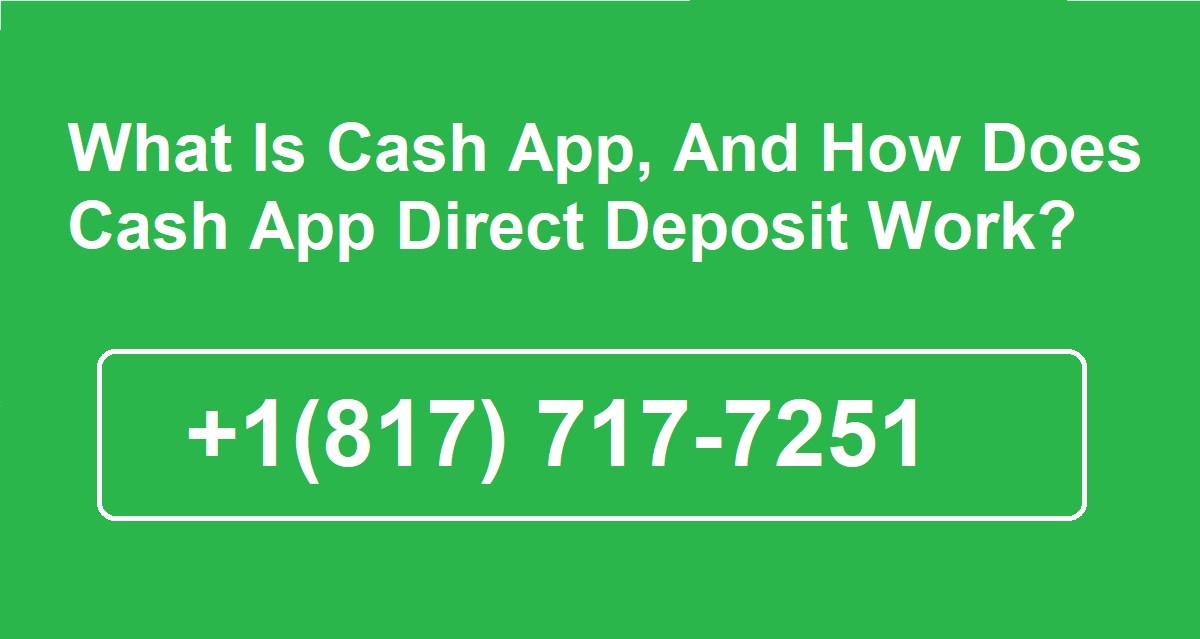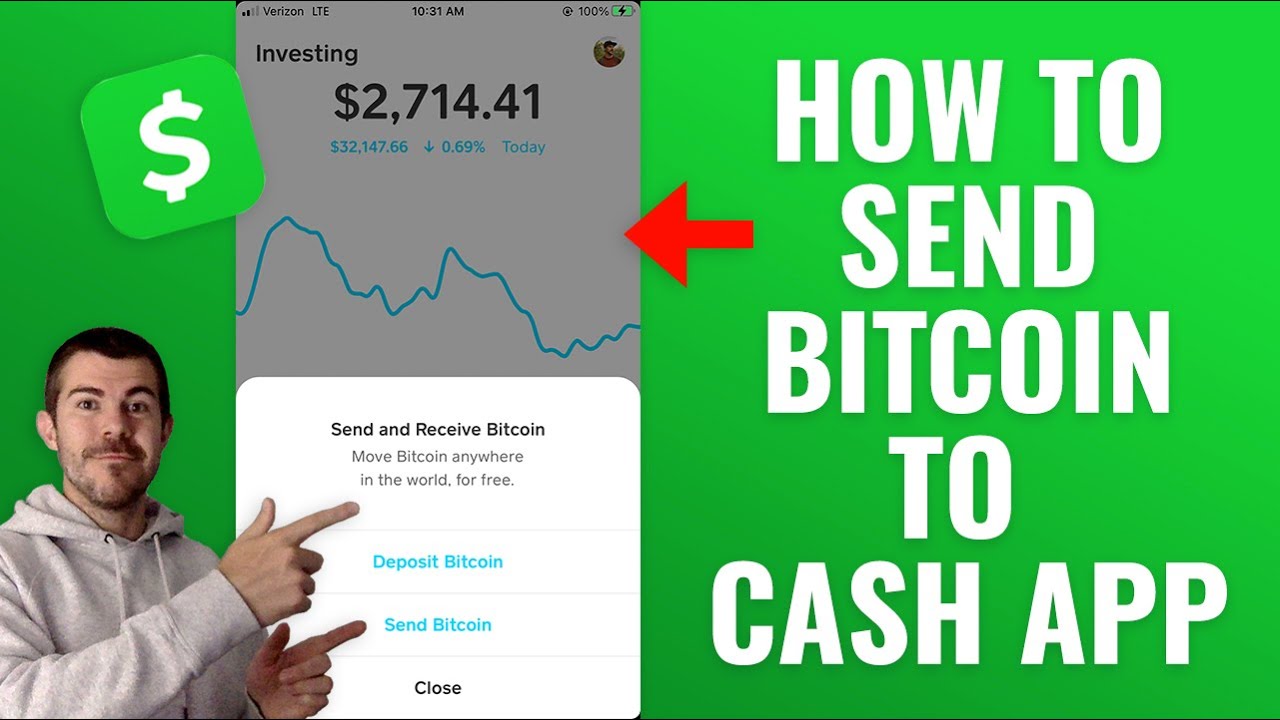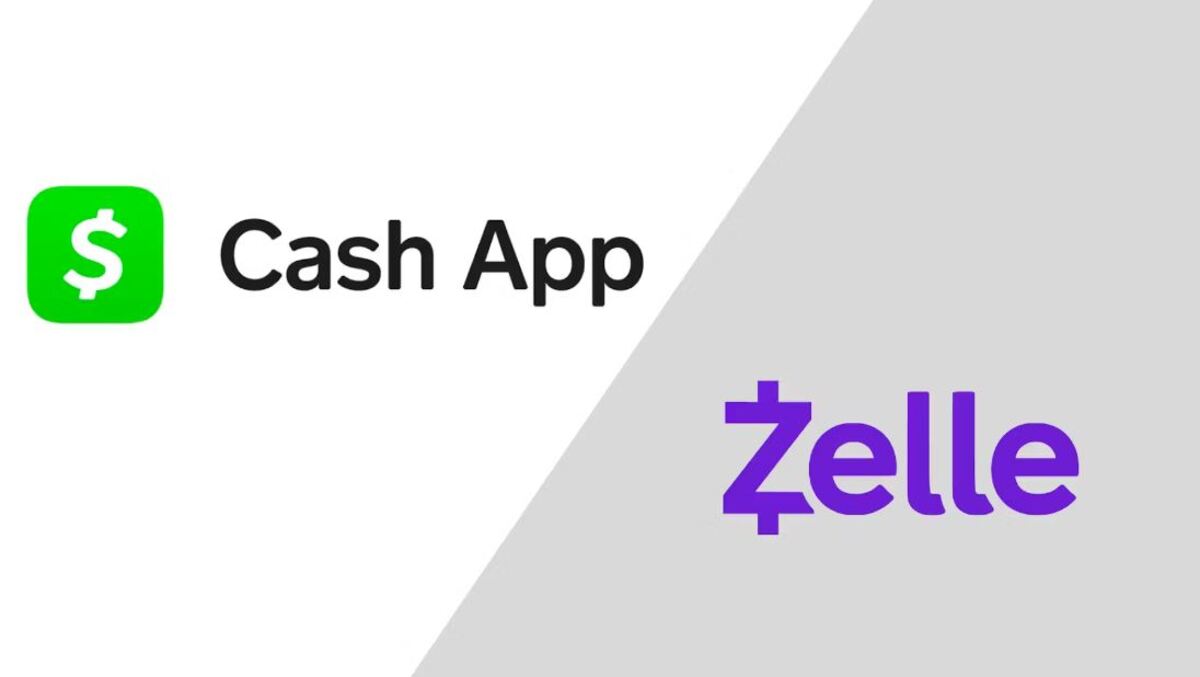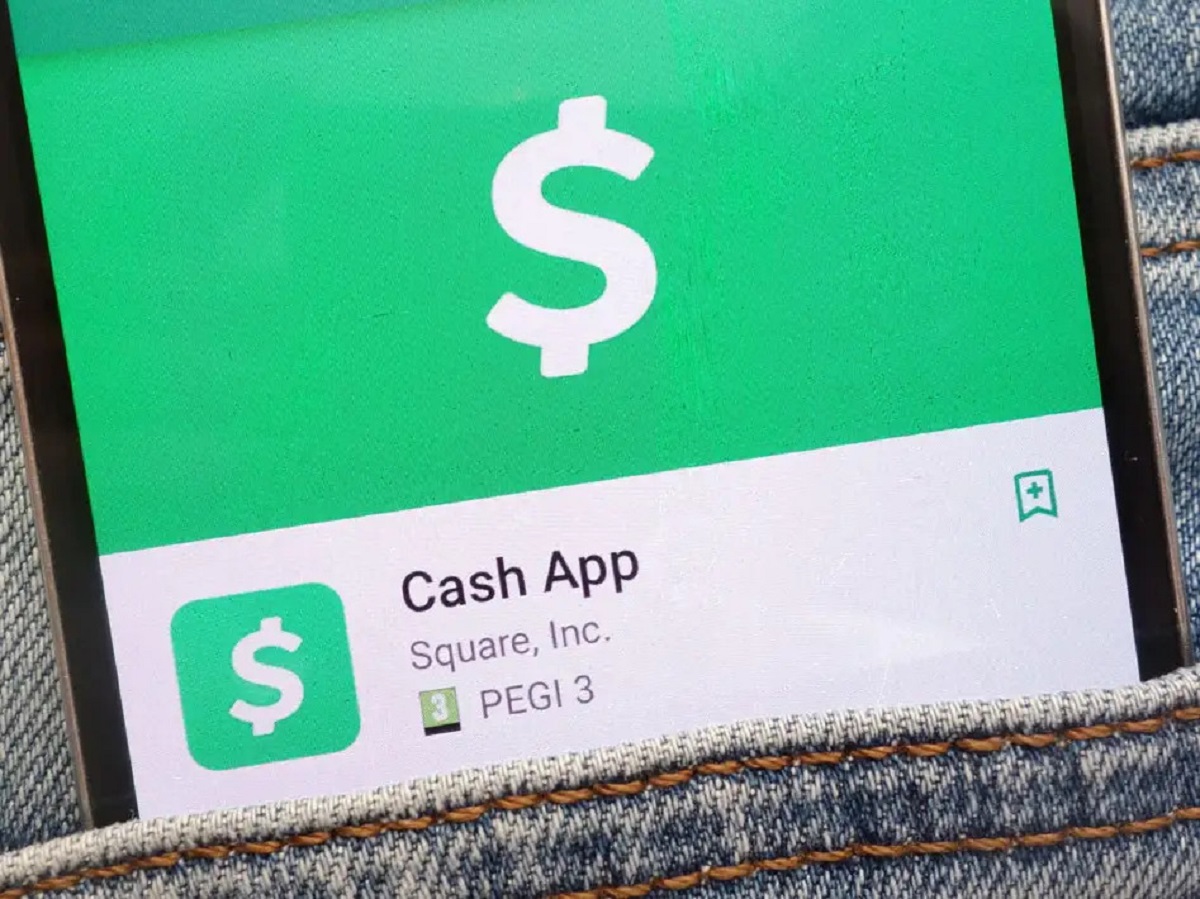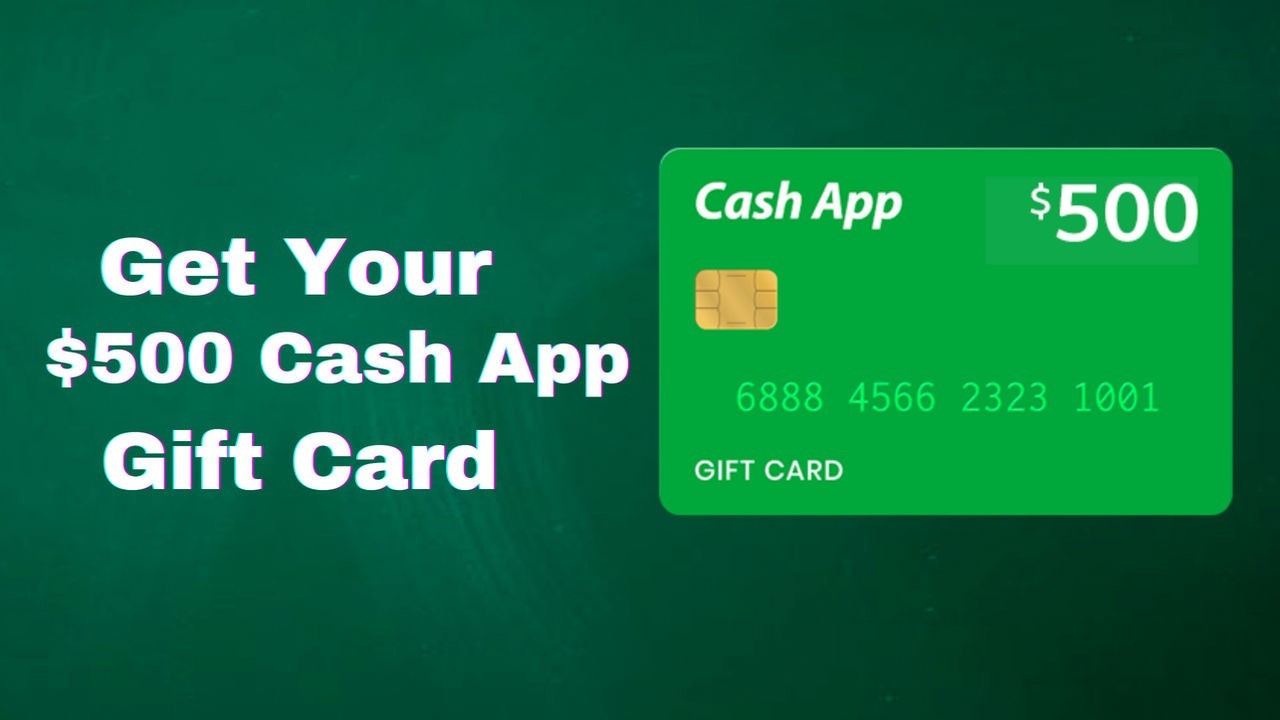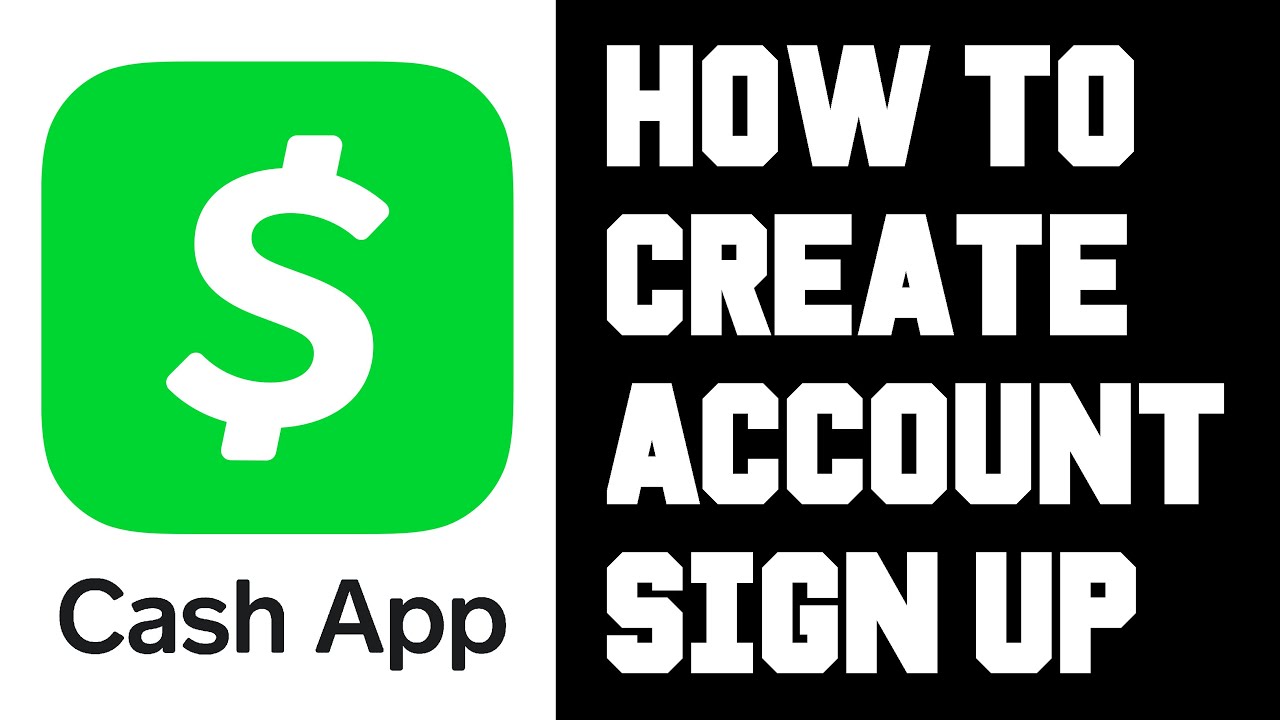Introduction
Welcome to the world of Cash App, a revolutionary mobile payment platform that has transformed the way we send and receive money. Whether you’re splitting a bill with friends, paying your monthly rent, or sending money to family, Cash App offers a convenient and secure way to handle your financial transactions. But just like any other payment application, Cash App imposes certain limits on the amount of money you can send. In this article, we will explore the sending limits on Cash App and provide you with all the information you need to know.
Developed by Square Inc., Cash App has gained popularity for its user-friendly interface, fast transactions, and additional features like the Cash Card and Bitcoin trading. The app provides a seamless experience for both personal and business use, making it a preferred choice for millions of users.
However, to ensure the security of its users and prevent fraudulent activities, Cash App has implemented sending limits. These limits dictate how much money you can send within a specified time period. It’s essential to understand these limits and how they work to avoid any disruptions in your financial transactions.
In the following sections, we will delve deeper into the sending limits on Cash App, exploring the various types of limits and how you can increase your sending limit to suit your needs. So, let’s get started and unravel the world of sending limits on Cash App!
What is Cash App?
Cash App is a mobile payment application that allows users to send and receive money instantly. It was developed by Square Inc., a leading financial services company known for its innovation in the payments industry. With Cash App, you can easily link your bank account or debit card to make seamless transactions with just a few taps on your smartphone.
One of the key features that sets Cash App apart from traditional payment methods is its user-friendly interface. The app is designed to be intuitive and straightforward, making it easy for anyone, regardless of their technological expertise, to use. Whether you’re sending money to a friend, paying for goods or services, or even splitting a bill, Cash App provides a convenient and hassle-free way to handle your financial transactions.
In addition to its basic money transfer functionality, Cash App offers several other features that enhance the user experience. One such feature is the Cash Card, a customizable Visa debit card that allows you to make purchases using your Cash App balance. The Cash Card can be used at any merchant that accepts Visa, making it a versatile and convenient option for your everyday spending needs.
Another notable feature of Cash App is its integration with Bitcoin. Users can buy, sell, and store Bitcoin directly within the app, providing a simple and accessible way to participate in the cryptocurrency market. This feature has gained popularity among those looking to invest in digital currencies and diversify their financial portfolio.
Overall, Cash App has revolutionized the way we handle money transfers. With its user-friendly interface, fast and convenient transactions, and additional features like the Cash Card and Bitcoin integration, Cash App has become a popular choice for individuals and businesses alike. It combines the convenience of traditional banking with the efficiency and accessibility of mobile technology, making it a go-to option for anyone looking for a trustworthy and user-friendly payment application.
Sending Limit on Cash App
When using Cash App, it’s important to be aware of the sending limits that are in place. These limits dictate the maximum amount of money you can send within a specified time period. Understanding these limits is crucial to ensure smooth and efficient transactions on the platform.
The sending limits on Cash App are set for both security and regulatory compliance purposes. By imposing these limits, Cash App aims to protect its users from fraudulent activities and ensure that financial transactions are conducted within legal boundaries. Furthermore, these limits help Cash App comply with applicable financial regulations and prevent money laundering.
It’s important to note that the sending limits on Cash App vary depending on certain factors, such as your account verification status, transaction history, and usage patterns. Initially, when you create a Cash App account, your sending limit may be lower. However, as you continue to use the app and provide additional verification information, you can have your sending limit increased.
The sending limit on Cash App can be a combination of daily, weekly, and monthly limits. For example, you may have a daily sending limit of $250, a weekly sending limit of $1,000, and a monthly sending limit of $2,500. These limits are subject to change based on various factors, including account activity and verification status.
It’s important to keep track of your sending limits on Cash App to ensure that you don’t exceed them. If you attempt to send more money than your current limit allows, the transaction may be declined. However, if you reach your sending limit, you can still receive money on your Cash App account without any restrictions. The sending limits only apply to outgoing transactions.
It’s worth mentioning that Cash App also has a receiving limit, which is separate from the sending limit. The receiving limit refers to the maximum amount of money you can receive into your Cash App account within a specified time period. This limit is usually higher than the sending limit, but it’s important to check your account settings to determine your specific receiving limit.
Understanding and adhering to the sending limits on Cash App is essential for a smooth and hassle-free experience on the platform. By staying within these limits, you can ensure that your transactions are processed without any interruptions or delays, and you can enjoy the convenience and security that Cash App offers.
How does the Sending Limit work?
Understanding how the sending limit on Cash App works is important to ensure that you can effectively manage your financial transactions within the platform. The sending limit is designed to regulate the amount of money you can send using Cash App and is determined by various factors.
The sending limit on Cash App operates on a combination of daily, weekly, and monthly limits. These limits are set based on your account activity, verification status, and usage patterns. Initially, when you create a Cash App account, you may have a lower sending limit. However, as you continue to use the app and provide additional verification information, you can request an increase in your sending limit.
Your sending limit is displayed within the Cash App settings, allowing you to monitor your transaction capacity. It’s important to note that your sending limit may differ from other users based on your unique account details and history.
Cash App calculates usage patterns to determine your sending limit. Factors such as the frequency and amount of your transactions, as well as the types of transactions you make, are taken into consideration. For example, if you frequently send large amounts of money or engage in high-risk transactions, your sending limit may be adjusted accordingly.
To ensure that your sending limit remains within your desired range, it’s important to keep track of your transaction history and regularly review your account settings. By doing so, you can identify any potential discrepancies or irregularities that may affect your sending limit.
In addition to monitoring your own sending limit, it’s crucial to understand that Cash App may impose additional limits on certain types of transactions for security and compliance purposes. For instance, there may be specific sending limits for international transfers or transactions involving certain high-risk activities.
Finally, it’s important to note that Cash App may periodically review and adjust your sending limit based on changes in your account activity, verification status, and usage patterns. This ensures that your sending limit remains aligned with your financial needs and helps maintain the security of your account.
By understanding how the sending limit works and staying aware of your transaction history and account settings, you can effectively manage your financial transactions on Cash App, staying within your desired limits and enjoying the convenience and security of the platform.
Types of Sending Limits on Cash App
Cash App implements various types of sending limits to ensure the security and compliance of its platform. These limits are designed to regulate the amount of money you can send within specific time periods and for different types of transactions. Let’s explore the different types of sending limits on Cash App:
1. Initial Sending Limit: When you first create a Cash App account, you will have an initial sending limit. This limit is typically lower and gradually increases as you verify your identity and provide additional information. The initial limit is imposed to ensure a secure onboarding process for new users.
2. Daily Sending Limit: Cash App imposes a daily sending limit, which dictates the maximum amount of money you can send within a 24-hour period. This limit helps prevent excessive and unauthorized transactions, providing an extra layer of security for users.
3. Weekly Sending Limit: In addition to the daily limit, Cash App also implements a weekly sending limit. This limit sets a cap on the total amount of money you can send within a week, typically spanning from Monday to Sunday. It ensures that users maintain a balanced and controlled level of financial transactions.
4. Monthly Sending Limit: Cash App also imposes a monthly sending limit, which determines the maximum amount of money you can send within a calendar month. This limit provides an overview of your overall transaction activity during a longer time frame.
5. Special Transaction Limits: In some cases, Cash App may have special sending limits for certain types of transactions. For example, there may be specific limits for sending money internationally or engaging in high-risk activities. These limits help mitigate potential risks associated with these types of transactions.
It’s important to note that the sending limits on Cash App are subject to change based on various factors, including your account activity, verification status, and usage patterns. As you continue to use the app and provide additional verification information, you may be eligible to request a higher sending limit to accommodate your financial needs.
By understanding and adhering to the different types of sending limits on Cash App, you can ensure that your transactions remain within the prescribed limits, maintaining the security and compliance of the platform.
How to Increase your Sending Limit
If you find that your current sending limit on Cash App is not sufficient for your financial needs, don’t worry – you can request an increase. Cash App allows users to increase their sending limits by completing a few simple steps. Here’s how you can increase your sending limit on Cash App:
1. Verify Your Account: Start by verifying your Cash App account. To do this, go to your account settings and provide the necessary information, such as your full name, date of birth, and the last four digits of your Social Security Number (for U.S. users) or other relevant identification details. Verifying your account helps increase your trustworthiness and may result in a higher sending limit.
2. Link a Bank Account: Linking your bank account to your Cash App account can also increase your sending limit. To link your bank account, navigate to the Banking section in the app and follow the prompts to add your account information. Verifying your bank account adds an extra layer of security and stability to your transactions, potentially leading to a higher sending limit.
3. Increase Your Transaction History: Building a positive transaction history on Cash App can also contribute to an increased sending limit. Make regular transactions, both incoming and outgoing, to demonstrate your responsible use of the platform. Cash App takes into account your account activity and usage patterns when determining your sending limit.
4. Contact Cash App Support: If you have completed the above steps and still feel that your sending limit is inadequate, you can reach out to Cash App support for further assistance. Contact their customer support team through the app or their website and inquire about the possibility of increasing your sending limit. They may ask for additional information or documentation to evaluate your request.
Remember, while Cash App does provide the ability to increase your sending limit, the decision ultimately lies with their discretion and is subject to their internal policies. It’s important to maintain a positive account history and use the app responsibly to increase your chances of a higher limit.
By following these steps and demonstrating responsible use of Cash App, you can potentially increase your sending limit, allowing you to send and receive more money within the platform. Keep in mind that higher limits may require additional verification and compliance with Cash App’s policies.
Conclusion
Cash App is a convenient and secure mobile payment platform that allows users to send and receive money with ease. However, it’s important to understand and adhere to the sending limits that Cash App imposes. These limits are in place to ensure the security and compliance of the platform, and they can vary based on factors like account verification, transaction history, and usage patterns.
When using Cash App, it’s crucial to familiarize yourself with the different types of sending limits, such as the daily, weekly, and monthly limits. By staying within these limits, you can prevent disruptions in your financial transactions and maintain a seamless experience on the platform. Additionally, following the steps outlined to increase your sending limit can help accommodate your specific financial needs.
Remember to verify your account, link a bank account, build a positive transaction history, and, if necessary, reach out to Cash App support to request an increase in your sending limit. Keep in mind that the decision to increase your limit ultimately lies with Cash App and is subject to their internal policies.
In conclusion, by understanding and adhering to the sending limits and taking the necessary steps to increase your limit, you can enjoy a smooth and secure experience on Cash App. Whether you’re splitting bills with friends, paying for goods and services, or sending money to loved ones, Cash App provides a convenient and efficient platform to handle your financial transactions.









